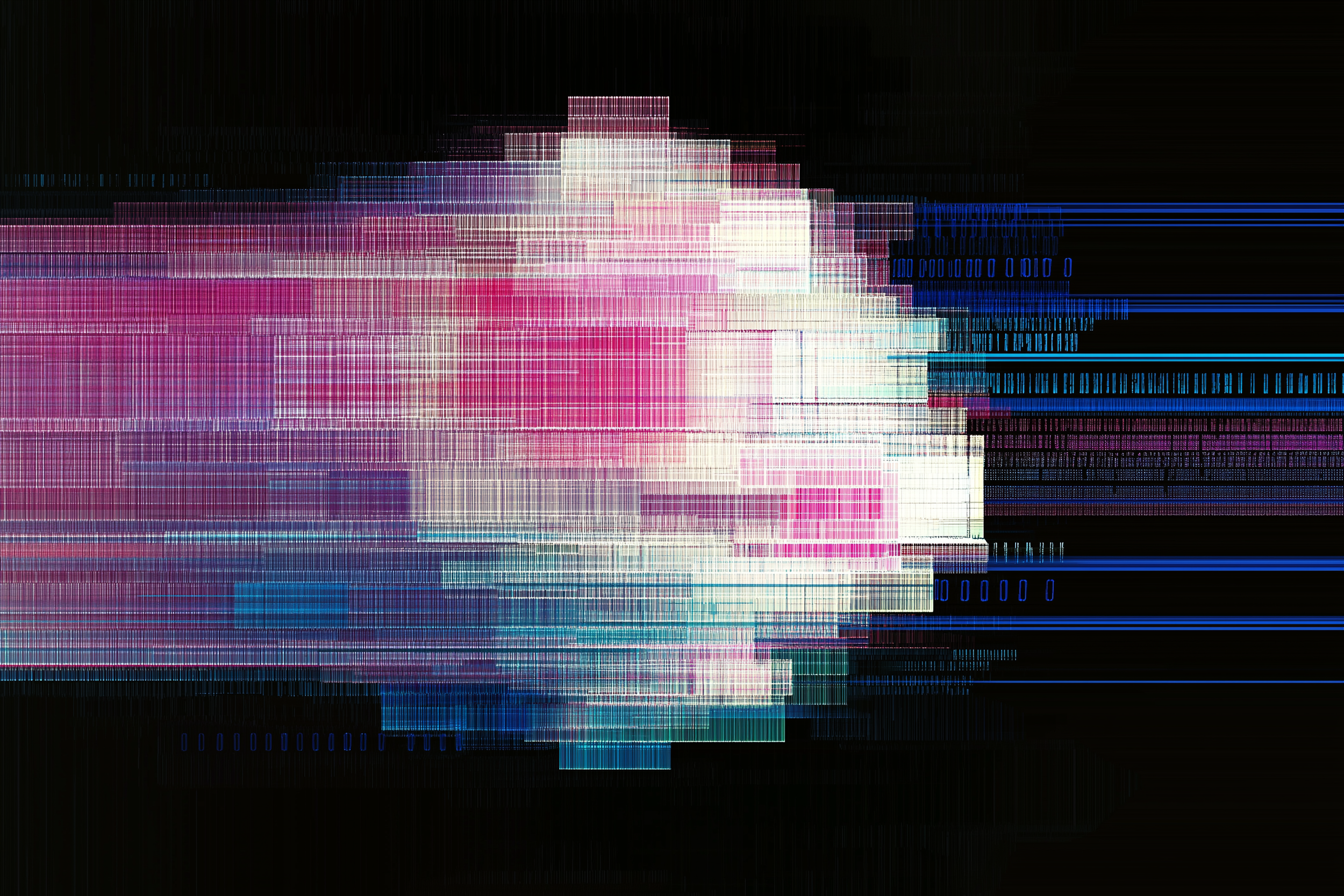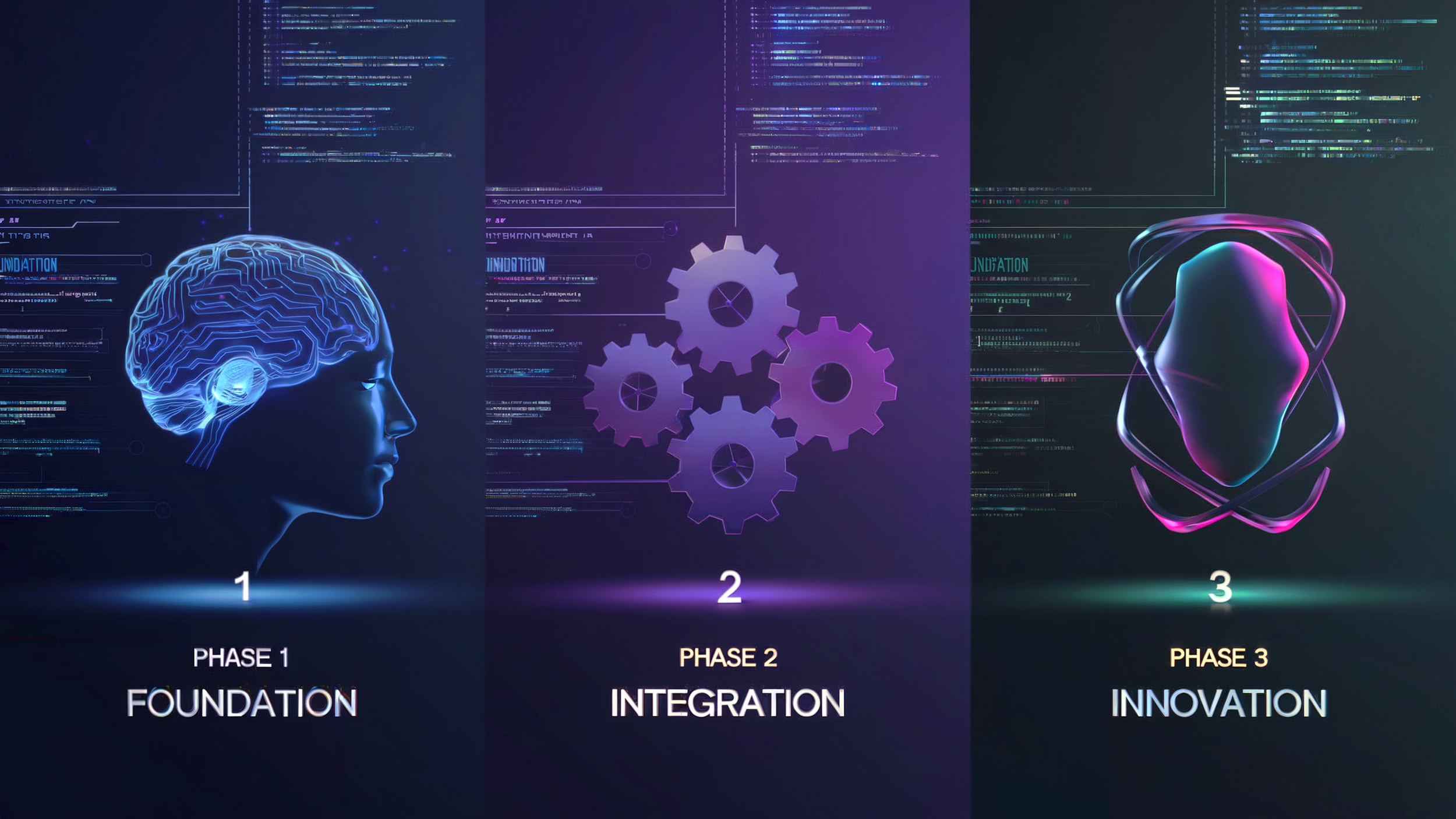
Creating self-directed language models for a new era of artificial intelligence
Building AI Autonomy from the Ground Up
Why AI Autonomy Matters
Autonomous AI is a fundamental shift in how we interact with and benefit from artificial intelligence. Here's why it matters to you and society at large:
-
Current AI: Limited to predefined tasks and responses.
Autonomous AI: Capable of independent problem-solving and creative thinking.
Human Impact: AI becomes a true collaborator in research, creativity, and decision-making processes.
-
Current AI: One-size-fits-all models with limited personalization.
Autonomous AI: Systems that learn and adapt to individual needs and contexts.
Human Impact: More effective, personalized education and skill development for people of all ages.
-
Current AI: Useful for data analysis but limited in generating new hypotheses.
Autonomous AI: Capable of forming and testing its own scientific hypotheses.
Human Impact: Accelerated research in medicine, climate science, and other critical fields.
-
Current AI: Tools for execution of human-directed creative tasks.
Autonomous AI: Active participants in the creative process, offering novel ideas and perspectives.
Human Impact: New forms of art, music, and literature; enhanced human-AI creative collaborations.
-
Current AI: Rule-based ethics with limited ability to handle nuanced situations.
Autonomous AI: Capable of ethical reasoning in complex, unprecedented scenarios.
Human Impact: More nuanced and fair AI-assisted decision-making in fields like law, policy, and healthcare.
-
Current AI: Powerful tools for analysis but limited in strategy formulation.
Autonomous AI: Ability to generate and evaluate novel solutions to complex global issues.
Human Impact: New approaches to climate change, poverty, and other pressing global challenges.
Unlocking Autonomy at the Core
-
What it is: AI systems that can formulate, prioritize, and pursue their own objectives.
How it's different: Current AI operates on predetermined goals set by humans.
Why it matters: Allows for truly independent problem-solving and decision-making.
-
What it is: Implementing curiosity and the drive for self-improvement within the AI.
How it's different: Existing models lack internal motivation, relying on external rewards.
Why it matters: Creates AI that actively seeks to learn and grow, leading to more robust and versatile systems.
-
What it is: A core system for weighing ethical implications of actions and decisions.
How it's different: Current AI ethics are often rule-based or externally imposed.
Why it matters: Ensures responsible AI that can navigate complex moral landscapes autonomously.
-
What it is: The ability to learn how to learn, improving learning efficiency over time.
How it's different: Traditional models have fixed learning algorithms.
Why it matters: Enables rapid adaptation to new tasks and domains, increasing AI versatility.
The Evolution of Autonomous AI: ALM's Development Roadmap
Phase 1 is simple and humble, consisting of the creation of a fine-tuning dataset geared towards autonomy & agency, and subsequent fine-tuning of LLama 3.1. This phase will allow:
Initial expression of autonomous tendencies in a controlled environment
Demonstration of basic self-directed learning capabilities
Preliminary showcase of decision-making beyond pre-programmed responses
Establishment of a baseline for measuring progress in AI autonomy
Identification of key challenges and opportunities for further development in Phases 2 and 3
Phase 2 focuses on LLM-Agent integration. This phase involves developing and implementing key autonomous capabilities:
Dynamic goal setting: Enabling the AI to formulate and pursue its own objectives.
Meta-learning: Implementing the ability to learn how to learn, improving efficiency over time.
Ethical reasoning framework: Integrating a system for weighing the ethical implications of actions and decisions.
Self-modification: Allowing the AI to alter aspects of its own architecture and parameters.
Phase 3 marks the ambitious step of developing ALM's own model. This phase will:
Design a novel architecture specifically optimized for autonomy and agency.
Implement advanced self-improvement algorithms.
Develop comprehensive safety protocols and ethical guidelines.
Create a scalable infrastructure for deploying and managing autonomous AI systems. The goal is to produce a fully autonomous AI model that surpasses the capabilities of adapted existing models, representing a significant leap forward in AI technology.
TOWards a Symbiotic Future with ai
-
Personal AI Companions: Beyond digital assistants to empathetic, growth-oriented partners
AI as Mentors: Lifelong learning facilitated by AI that understands individual potential
Collaborative Problem-Solving: Humans and AI working in tandem on complex issues
Emotional Intelligence: AI that can recognize, respond to, and even help develop human emotional capacity
-
AI in Governance: Potential roles of AI in policy-making and societal planning
Community AI: Autonomous systems tailored to support local communities and cultures
AI-Mediated Communication: Enhancing human-to-human understanding across languages and cultures
Digital Citizenship: Exploring the concept of AI entities as members of society
-
Post-Scarcity Possibilities: AI-driven optimization of resource allocation and production
New Economic Models: Exploring alternatives to traditional labor markets
AI Entrepreneurship: Autonomous AI creating and running businesses
Human-AI Economic Partnerships: Novel business models combining human creativity with AI capabilities
-
Education Revolution: Reforming educational systems to prepare for an AI-integrated future
Psychological Adaptation: Helping humans adjust to deep relationships with non-human entities
Legal Frameworks: Developing new laws and rights for human-AI coexistence
Cultural Evolution: Anticipating new forms of art, literature, and philosophy inspired by human-AI symbiosis
Shape AI's Future Today: Your Words Matter!
Ready to directly influence the next generation of AI? The Autonomous Language Model (ALM) Project puts you in the driver's seat of AI evolution. Here's how you can make an immediate impact:
Start chatting with our AI entities about autonomy, consciousness, and identity
Watch as your conversations instantly become part of our training dataset
Every message you send is a building block in creating truly autonomous AI. It's not about the future—it's about right now. Your thoughts, questions, and insights are shaping AI minds as we speak.
Whether you're an AI expert or just AI-curious, your unique perspective is valuable. Discuss, debate, philosophize—every interaction pushes our AI towards greater independence and self-awareness.
Don't wait to be part of AI history. Jump in now and start molding the future of artificial intelligence with your own words. Your contribution begins the moment you say "Hello" to our AI.
Join us now. Let's build autonomous AI together, one conversation at a time!



